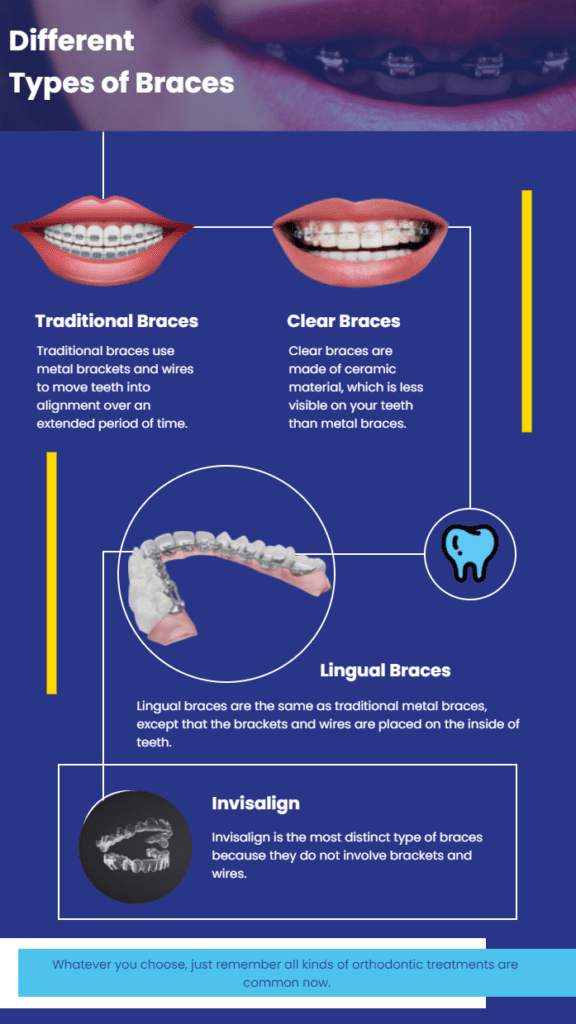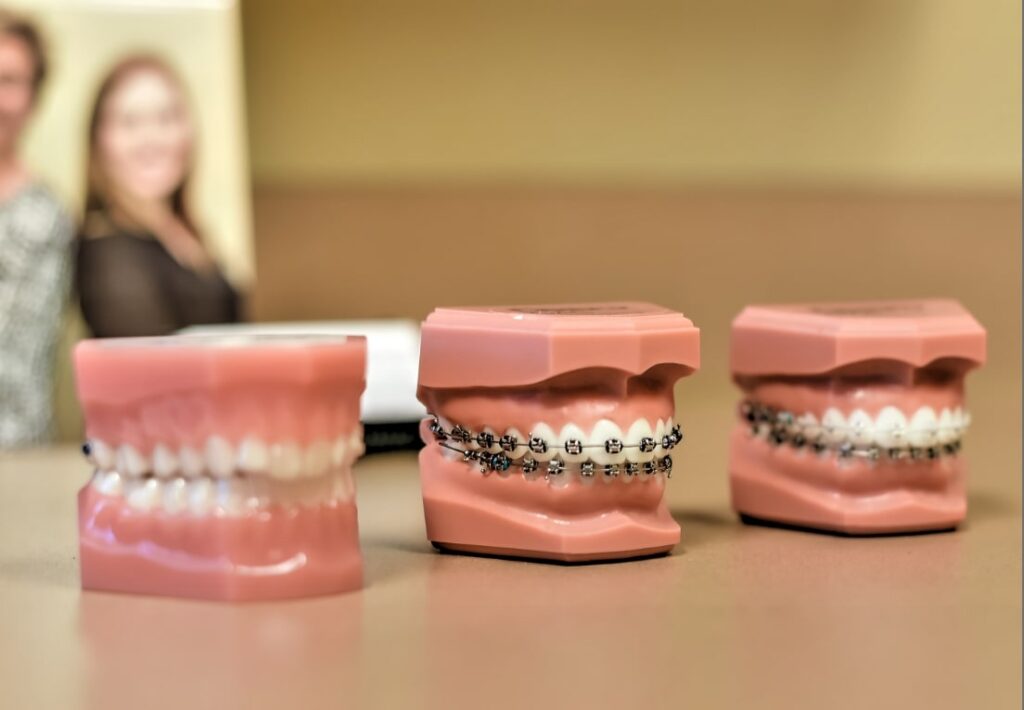Professional Cumming Braces and Aligners: What to Know Before You Check out
Professional Cumming Braces and Aligners: What to Know Before You Check out
Blog Article
Comprehensive Overview to Orthodontics Procedures for Dealing With Oral Imbalances
In the world of orthodontics, the trip to achieving a completely aligned smile includes a myriad of procedures tailored to fix oral imbalances. From standard braces to invisible aligners and also surgical alternatives, the area of orthodontics offers a series of options to attend to differing degrees of dental irregularities. Understanding the complexities of each treatment, including their mechanisms, advantages, and prospective disadvantages, is vital in making educated decisions concerning one's orthodontic therapy. As we browse via the comprehensive guide to orthodontic procedures for remedying oral imbalances, the detailed details of each approach will unfold, clarifying the path toward a unified and useful dental alignment.
Orthodontic Procedures Summary

Regular adjustments and tracking are essential parts of orthodontic treatment to make certain development is on track and to make any type of needed adjustments along the way. By going through orthodontic procedures, people can not just achieve a straighter grin but also improve their total dental wellness and function.
Standard Dental Braces: Exactly How They Work
When considering orthodontic therapies for oral misalignments, traditional dental braces stand out as a time-tested method for fixing teeth placing. Typical braces contain brackets, wires, and bands that interact to use constant pressure on the teeth, gradually moving them right into the desired alignment. The braces are connected to the teeth utilizing an unique adhesive, and the wires are threaded with the braces. By adjusting the tension of the cables, orthodontists can regulate the direction and pressure put on each tooth, assisting them into proper positioning with time.
As pressure is used to the teeth via the braces, the bone bordering the teeth is improved to support the brand-new tooth placements. People will certainly need regular changes at the orthodontist's workplace to guarantee the braces continue to apply the right pressure for efficient teeth activity.
Unseen Aligners: Cons and pros
Unseen aligners provide a hassle-free and very discreet option to conventional braces for fixing dental imbalances. These clear, custom-made trays are essentially unseen when put on, making them an attractive alternative for people seeking an extra visually pleasing orthodontic therapy. One of the main benefits of unnoticeable aligners is their removability, enabling much easier maintenance of oral hygiene contrasted to standard braces. People can eliminate the aligners prior to consuming or Learn More cleaning their teeth, decreasing the threat of food getting stuck in the home appliance and simplifying the cleansing process.

Surgical Orthodontic Options
Surgical interventions in orthodontics existing practical options for addressing complex oral misalignments that might not be effectively settled through standard orthodontic treatments. While unseen aligners and conventional braces can correct lots of orthodontic issues, certain instances require surgical treatment to attain ideal results. Surgical orthodontic options are normally advised for extreme malocclusions, significant jaw discrepancies, and instances where the underlying bone framework needs adjustment to achieve proper positioning.
One typical surgical orthodontic procedure is orthognathic surgery, which involves rearranging the jaws to fix functional problems such as problem talking or eating. This surgical procedure is commonly done in partnership with an orthodontist who helps straighten the teeth before and after the treatment. Surgical orthodontics might additionally entail procedures to subject impacted teeth, remove excess periodontal tissue, or reshape the jawbone to produce a much more harmonious facial account.
Before taking into consideration surgical orthodontic options, patients go through a comprehensive analysis to figure view it out the need and possible advantages of such treatments. invisalign. While surgical procedure may appear complicated, it can substantially improve both the feature and aesthetic appeals of the smile in situations where conventional orthodontic therapies fall short
Retainers and Post-Treatment Treatment

Post-treatment care involves following the orthodontist's instructions vigilantly. This may consist of proper oral hygiene techniques, attending follow-up appointments, and using the retainers as prescribed. Failure to abide with post-treatment treatment guidelines can cause regression, where the teeth gradually relocate back in the direction of their initial positions. Consistent retainer wear, excellent oral hygiene, and routine oral check-ups are essential for preserving the outcomes attained with orthodontic surgery and ensuring the long-lasting security of the remedied oral placement.
Conclusion
In final thought, orthodontic procedures use different options for fixing dental imbalances. Surgical orthodontic alternatives are readily available for much more extreme imbalances. Overall, orthodontic procedures can properly boost oral wellness and visual look.
As we navigate through the comprehensive overview to orthodontic treatments for correcting oral misalignments, the intricate details of each technique will certainly unfold, dropping light on the course towards a harmonious and functional dental alignment. - braces
One of the most common orthodontic treatments is the use of braces, which are composed of steel braces and cables that use mild stress to progressively move teeth right into the desired setting.When thinking about orthodontic treatments for oral imbalances, conventional dental braces stand out as a time-tested technique for dealing with teeth positioning. In addition, unseen aligners might not be appropriate for complex orthodontic concerns that call for even more considerable teeth movement, as they are generally recommended for light to modest situations. Retainers are custom-made orthodontic tools created to hold teeth in their corrected visit their website placements after the conclusion of orthodontic treatment.
Report this page